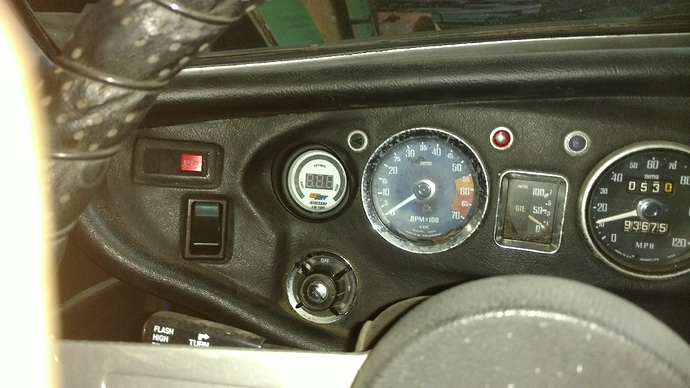Hi Eddy,
The chart as mentioned before, together with the spreadsheet, are reference tools, to do some calculations.
The 0,7 value is also been used in many other setups/publications, so i use them and i made it a changeable value.
Lets call it a “zero point value” for our reference.
Now building a gasifier and modifying/inventing/improving is to be hold against zero point values to find out the way your project is going.
In my charts there is no mentioning about filter drag, carburator restriction hence the 60mm drag as example value.
This to clarify the importance of avoiding restrictions, influences on the engine efficiency.
0,7 is what i consider the highest value for an atmospherical breathing engine
For me, if i use the mentioned numbers, results of calculations in the spreadsheet, i find the sweet spot and my engines work.
Tweaking further on restrictions, then my engine works better or worse, depending what i want to obtain. ( torque at low rpm or power at high rpm , waterpump or generator are not the same, nor is moterbike engine or car engine )
If i look to my calculations i get about 25 ms at full load WOT and a lot less when idling…
If i look to my gasifiers, in reference to your question about making drawings, they are all the same principle as a simple fire from Gary Gilmore, a bucket with a hole at a certain hight and a nozzle inserted. Where i might alter the shape of the bucket, the working principle does not change.
So, back to the question: which number is correct ? answer: the number that you are able measure and compare against a calculated value.
If i ad a vacuum value, gas temperature compensation, air temperature, humidity and a restriction value to the original chart, would that help ? it sure would make things even further complicated…
I must be a real DOW addict… 4 am and i am reading and writing on DOW… 


